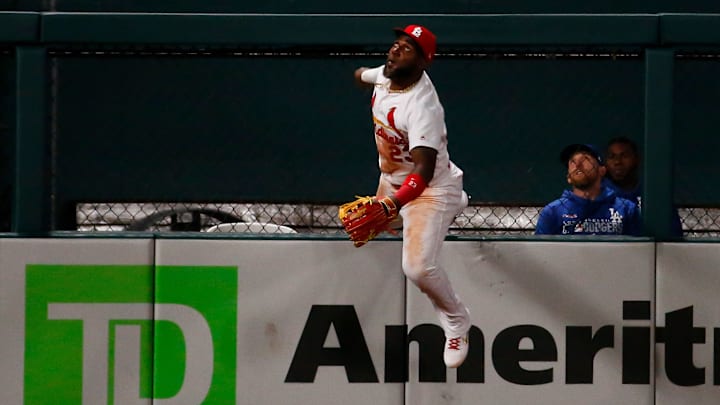#10 - Trading away Patrick Wisdom
One frustrating theme you'll see in this top-10 is the Cardinals' letting go of prospects who may seem like dead weight on the 40-man roster, but end up being significant contributors for other organizations. Patrick Wisdom is one of those players.
During the 2018 Winter Meetings, the Cardinals made what Baseball America called "a small deal" with the Texas Rangers, trading away 3B Patrick Wisdom for 3B prospect Drew Robinson. Robinson would go on to appear in 5 games in St. Louis but was unable to be anything of significance for their roster.
Wisdom was drafted 52nd overall by the Cardinals in 2012 and made his debut with the club at age 26 in 2018. During that 32-game stretch, he had, he slashed .260/.362/.520 with 4 HR and 10 RBI for the club. The Cardinals clearly did not believe in his long-term upside and dealt him away to the Rangers.
When Wisdom didn't stick in Texas, he did end up finding a home with the Chicago Cubs, finishing 4th in Rookie of the Year voting in 2021 with a .823 OPS in 106 games, being a slightly above-league average hitter last season, and now booming with 12 HRs and a .931 OPS so far in 2022. Even if the Cardinals did not have a long-term fit for him on their roster, it's at least safe to say they did not get enough compensation for him in return.
If you look at this club the last few seasons though, Wisdom could have easily be at least a bench bat for the club, and this year could have seeen time at DH against left-handed pitching and spot started when needed. Instead, Wisdom is raking for the Cubs, and that's never a good feeling.
